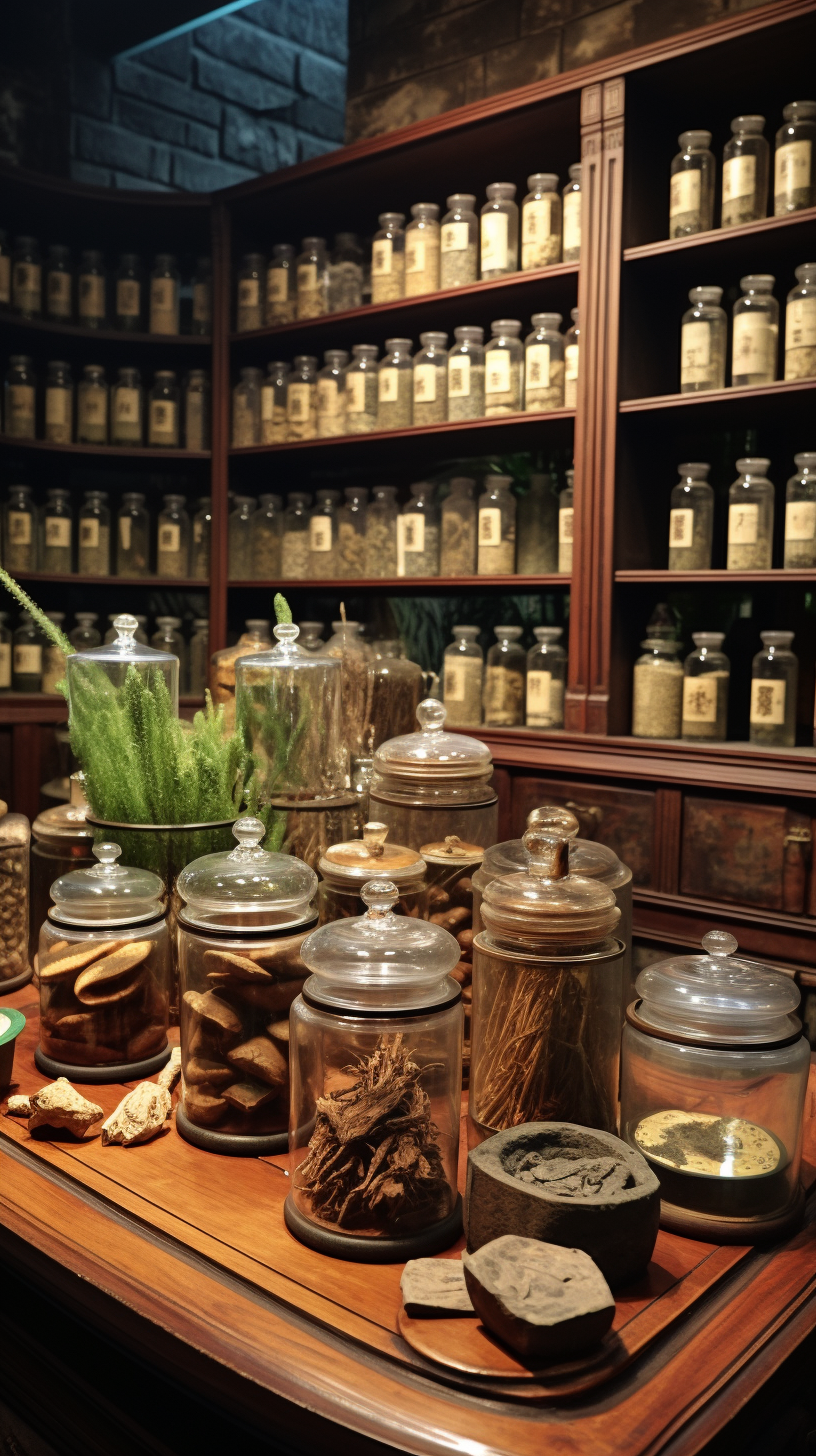Can Herbs Melt Belly Fat?
Which herbs are good for belly fat?
While herbs may not exactly "melt" belly fat, research is revealing that ceramides — a type of fat molecule — are major drivers of belly fat, inflammation, and insulin resistance in middle-aged adults. Excitingly, several Traditional Chinese Medicine (TCM) herbs have been found to reduce ceramide production or block their harmful effects. Here's a closer look at which TCM botanicals show promise based on modern studies:
TCM Herbs That May Help Block Ceramide Accumulation in Belly Fat
| TCM Herb | Key Active Compounds | How It Works on Ceramide/Metabolic Pathways | Evidence |
|---|---|---|---|
| Panax notoginseng (Sanqi) | Notoginsenoside R1 | Activates AMPK; inhibits SPT (serine palmitoyltransferase), cutting ceramide production. Promotes fatty acid burning and reduces lipotoxicity. | Preclinical (mouse model) |
| Pueraria lobata (Kudzu root, Ge Gen) | Puerarin (isoflavone) | Blocks HIF-1α and SPTLC2 to prevent hypoxia-driven ceramide buildup in the liver. Improves insulin sensitivity. | Preclinical (diabetic mice) |
| Coptis chinensis (Huang Lian) | Berberine | Activates AMPK, suppresses ceramide biosynthesis under hypoxic conditions. Decreases circulating ceramides and ceramide-1-phosphate (C1P). | Preclinical (mouse studies), Clinical (NAFLD patients) |
| Panax ginseng (Ren Shen) | Ginsenosides (Rb1, Re) | Antioxidant effects; improves lipid metabolism and reduces blood ceramides. | Clinical (pilot RCT in postmenopausal women) |
| Cordyceps sinensis (Dong Chong Xia Cao) | Myriocin (SPT inhibitor), Cordycepin | Strong inhibition of SPT; blocks de novo ceramide synthesis. Promotes fat burning and prevents visceral fat accumulation. | Preclinical (obese mice) |
| Astragalus membranaceus (Huang Qi) | Astragalus polysaccharides (APS), Astragaloside IV | Activates AMPK to suppress ceramide production and inflammation. Restores healthy lipid metabolism. | Preclinical (cell & rodent studies) |
| Scutellaria baicalensis (Huang Qin) | Baicalin, Baicalein | Reduces ER stress-driven ceramide buildup; activates AMPK to counter lipotoxicity and fatty liver development. | Preclinical (cell studies and obese mice) |



